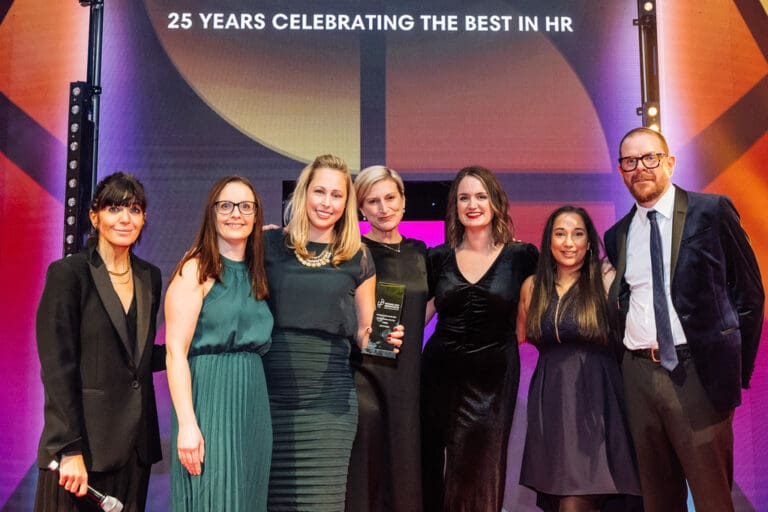As the HE world knows, as soon as the UCAS deadline passes it’s time to immediately focus your attention on conversion activity.
As prospective students are getting more and more discerning when it comes to making the decision of where to study, the higher education sector is getting increasingly competitive.
As one senior HE consultant put it – ‘university marketing, once restricted to the three months before applications are due, is now constant’.
Research in 2018 shows application rates from English 18-year olds have reached a record high, increasing by 0.4 percentage points to 37.4 % comparing to 2017. These figures present a possibility for a wider audience reach for universities, but it also leaves the challenge of creating a memorable applicant experience and the marketing strategies to go with it.
Known in the sector as ‘keeping warm’ or ‘conversion activity’ it’s all about keeping applicants in mind and showcasing what your university has to offer and why they should study with you once they’ve applied.
And there are different things to consider to make your student conversion strategy a success.
Break down the stages
Knowing what gives actual results and what doesn’t is crucial.
Breaking down your conversion strategy into smaller stages – whether that’s a social media campaign for a targeted audience, email marketing, or face-to-face meetings – it all should be done in a planned, progressive way.
Every single planned engagement activity should have a clear goal and metrics that are put in place to measure your engagement success.
In whichever way you choose to engage with your applicants, being able to track and measure the results, should give you a bigger picture of what’s working and what’s not.
In doing so, you will have a possibility to keep improving your engagement, creating content for different stages of your strategy etc.
Use last year’s data and listen to your students
Using the National Student Survey (NSS) results, universities can gather feedback from their current students.
NSS provides insights into how satisfied students are with learning resources, organisation, management and academic support.
According to Alison Jones, Chair of the Higher Education Strategic Planners Association, “using NSS universities improve their university facilitates such as online resources, career services, technology…” – so it’s not just the raw data that goes unnoticed.
Improvements to facilities such as the library, student spaces etc. do have an influence. As Matzdorf and Greenwood (2015) research shows, university facilities can have a direct impact on students’ decision to study.
Taking data and students voice into account and making changes, can be taken as a positive element to promote accomplishments to prospective students.
Create a dialogue with your target audience
Although social media and email are important tools in reaching out to students, they are often just one-way communications with little or no engagement back.
Putting tools in place for applicants to be able to converse with universities is an important part of creating that dialogue.
An increasing number of universities are using live chat as part of their conversion activities.
Live chat platforms give universities a space to invite students to talk with them on all manner of topics, as well as connect them with current students, academic staff and support teams – allowing them to share their first-hand experience at the university and answer direct questions relevant to the applicant.
Topics that prove particularly popular among would-be students include accommodation, fees and financial advice, and earning whilst learning.
Using live chat, universities were able to reach international students as well as home students in an easy and accessible way.
Technology such as text-based live chat is second nature to the generation leaving school today as is the expectation of getting instantaneous responses to questions.
They are demanding consumers and expect no different in their interactions with universities.
Keep Influencers in the loop
Whilst applicants will choose which university to go to, their decision, to some extent, is influenced by friends and family members.
Acknowledging parents as an important factor in a student’s decision-making process can play a key part in your conversion success – particularly over clearing when parents are often the ones researching and prompting initial contact.
Why not focus part of your marketing strategy on parents?
This could be via social media targeted campaigns, through advice style ‘how best to support your child in applying to university’ live chat events or marketing collateral, or simply having pages on your website you can direct parents too.
Influencers could also be school careers guidance officers, they too could have a specific focus with the marketing budget.
In summary, there are a host of different methods you could deploy to help with your conversion of applicants to students and, in all probability, it will be a mixture of these that proves to be the success factor.
We should also acknowledge that different methods will work for different applicants, and all applicants will be engaged on different levels at different times.
Ensuring you have ways that allow people to connect with you as they wish and when they wish will be the determining factor in your success.
If you’d like to chat about what you have planned for your student conversion strategies and would like to know how Meet & Engage can support you, feel free to send me an email at marius.pugciauskas@meetandengage.com






